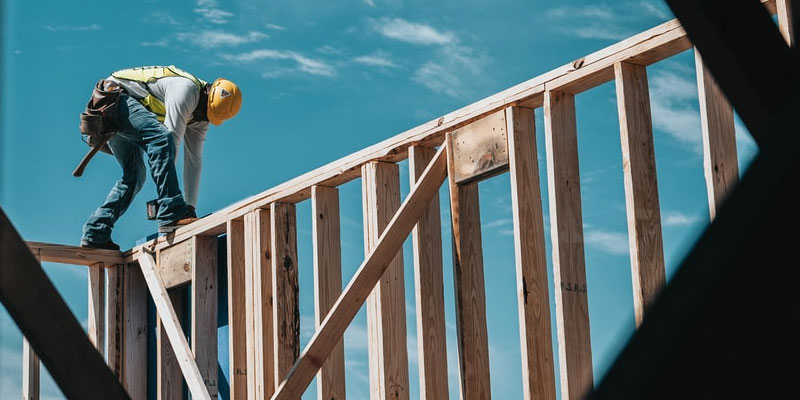Building a new property from the ground up is an exciting challenge as you get to customize your home based on your family’s specific wants and needs. The building process as well as construction financing is much different than the typical homeownership journey, so it’s important to understand the costs and steps involved.
When considering locations, the costs of building in smaller cities, towns and villages as opposed to major cities will often be less per square foot. That’s because the costs of labour and materials tend to differ between markets. In addition, the standards/specification of each building type vary between cities.
Cost estimate options
Depending on how accurate you need the cost estimate to be when considering building a custom home, there are different options for you to consider, including online construction cost calculators and custom builder quotes.
Online building cost calculators are available to help you work out your costs, but they’ll deliver more of a rough idea than an accurate estimate of how much money to set aside for your new-home budget. As such, before you use one of these calculators, be sure you’re aware of any assumptions the calculator makes and take whatever per-square-foot result you’re given as just an estimate.
For a clearer idea of how much it’ll cost to build your home, you’ll need to have detailed design and construction plans drawn up, and then get quotes from several builders. These will take into account all the specifics of your project – from any site requirements to the size, layout and features of the build. Make sure you know exactly what’s included in the quote from your builder and what may cost extra.
Financing home construction costs
The first step in the financing process for a new build begins with determining the type of mortgage you require, which is based on whether you’ll be building on land you own outright (construction mortgage) or building on land you’ll be purchasing (land mortgage).
There are basically two types of construction mortgages: 1) Completion mortgage – the loan isn’t transferred until construction is complete; and 2) Draw or progress-draw mortgage – the builder draws money in increments as the home is built.
The mortgage process for new construction is more complicated and expensive than that of a conventional mortgage. Not all lenders offer construction loans, and those who do may have rigorous borrowing requirements. Given that the house is yet to be built, there’s significantly more risk on the part of the lender, which translates to higher interest rates and larger down payment requirements as well as stricter terms and conditions. If anything goes wrong during the build, the lender doesn’t want to end up with a partially finished house. In addition, they’ll want to thoroughly assess the viability of the build, and you may be required to provide proof that you’re working with a qualified builder, submit quotes and architectural drawings, provide timelines for each phase of construction and associated costs as well as secondary details such as house specifications and building materials.
If you’ve decided to buy land to build on, you’ll need to finance the lot through a land mortgage. You’ll be required to make a sizeable deposit towards the purchase and your minimum down payment requirement will be larger in order to reduce the upfront capital from the lender. This is to offset the risk if something goes wrong as your lender doesn’t want to be left with a piece of land to sell without a building as collateral.
You’ll likely be required to provide proof from the municipality that you’re permitted to build on the land, confirm that it’s zoned for residential use, and undertake environmental assessments to indicate there are no hazardous considerations such as soil/water issues or sewage/well problems.
Have questions about financing your new build? Answers are a call or email away!
